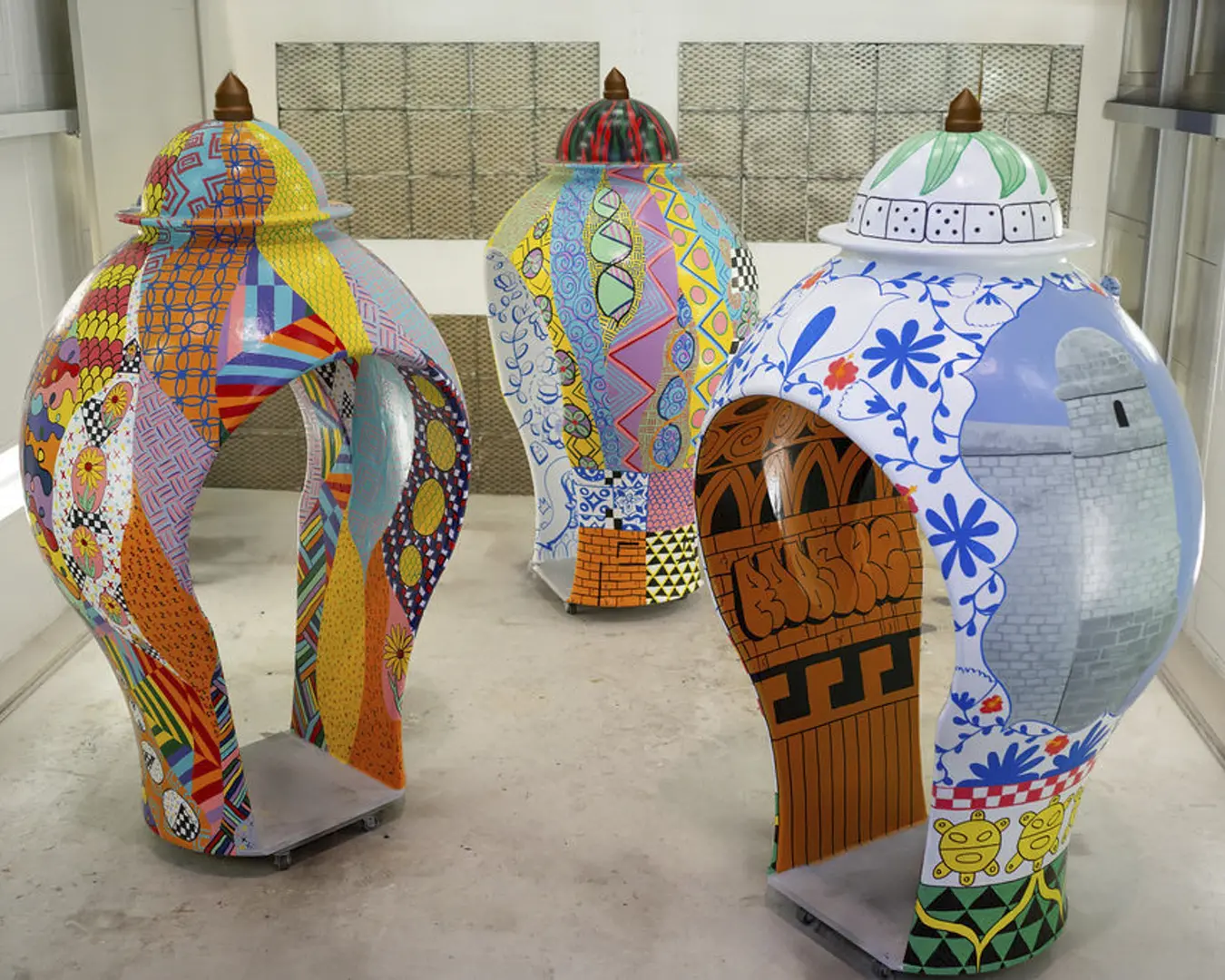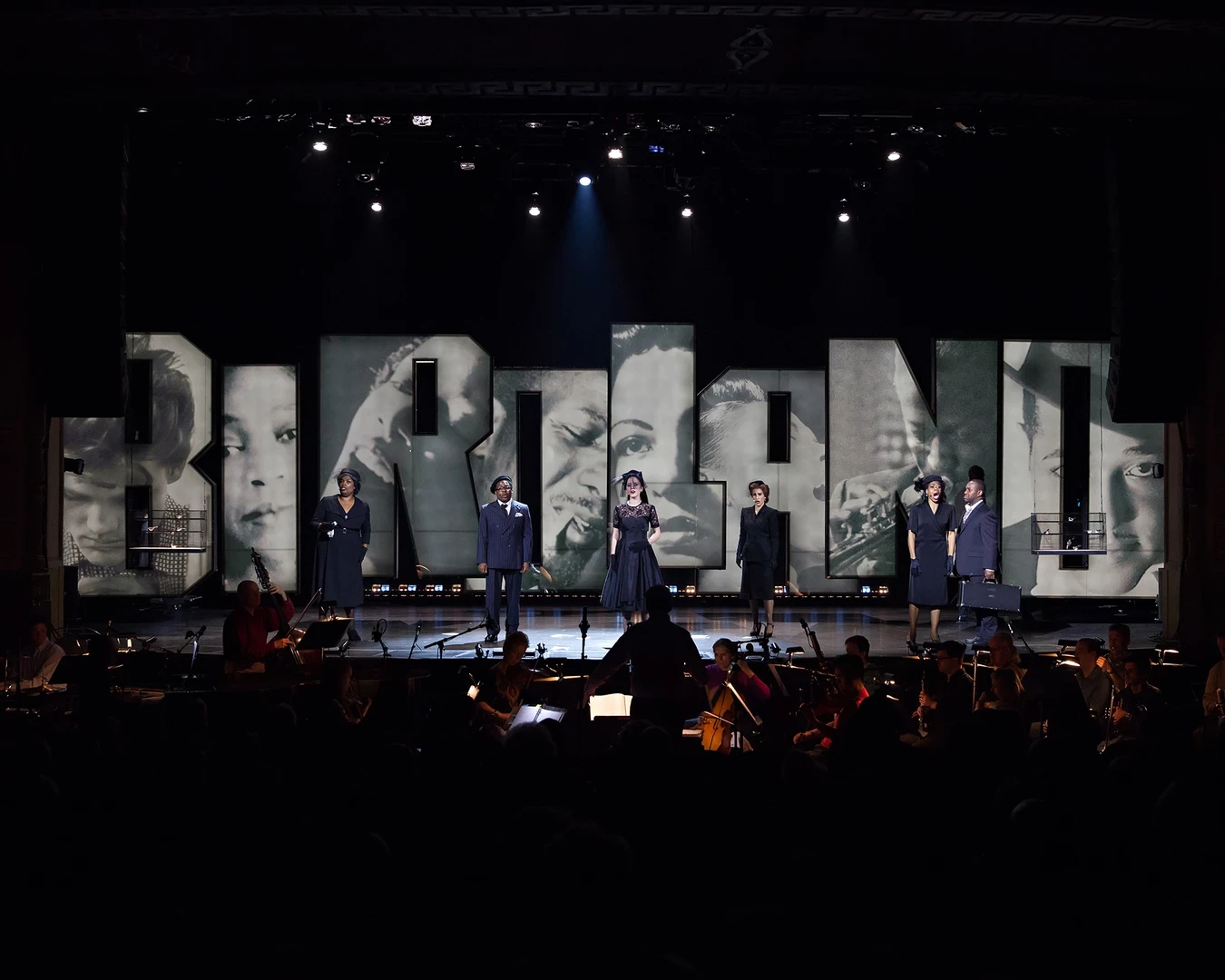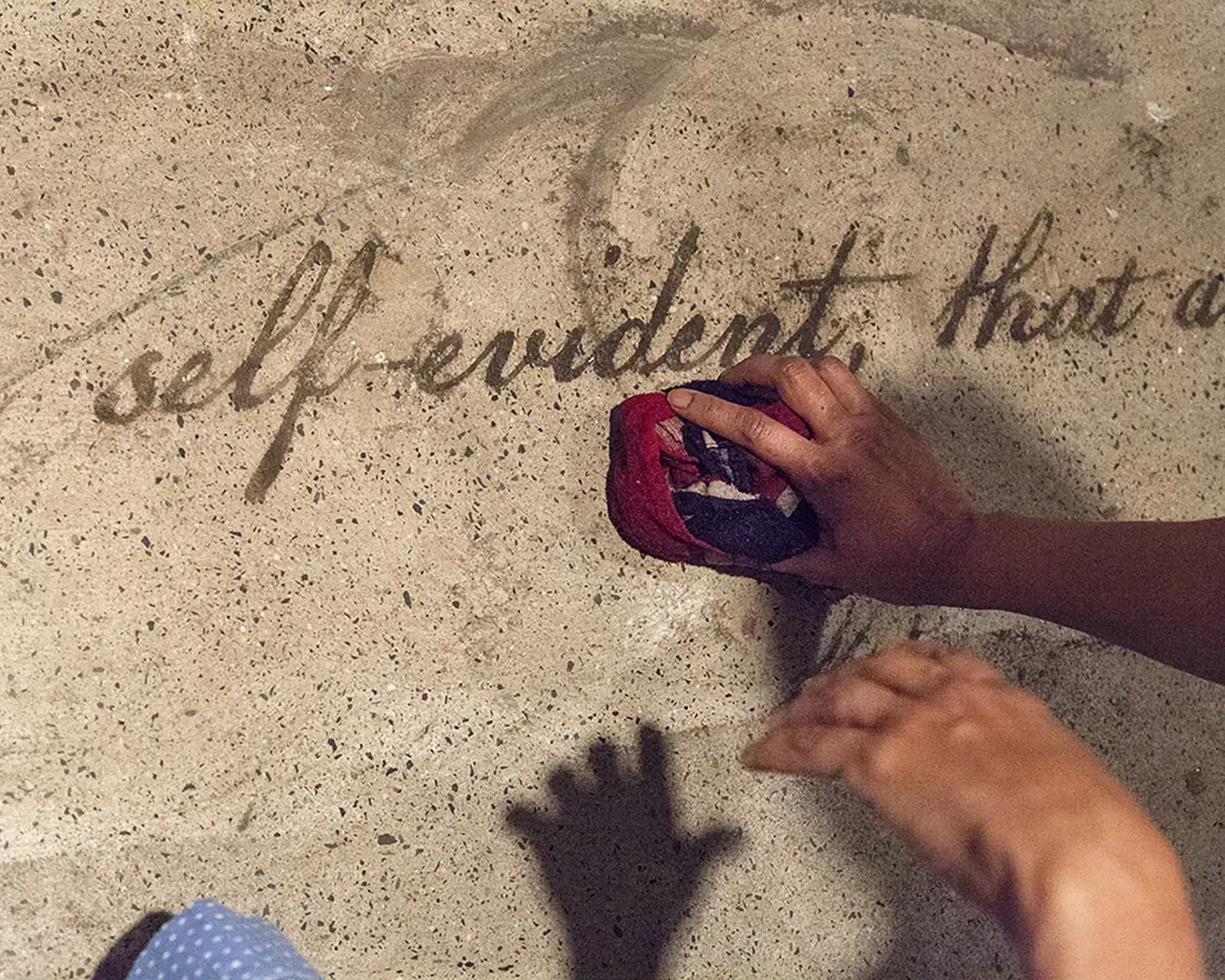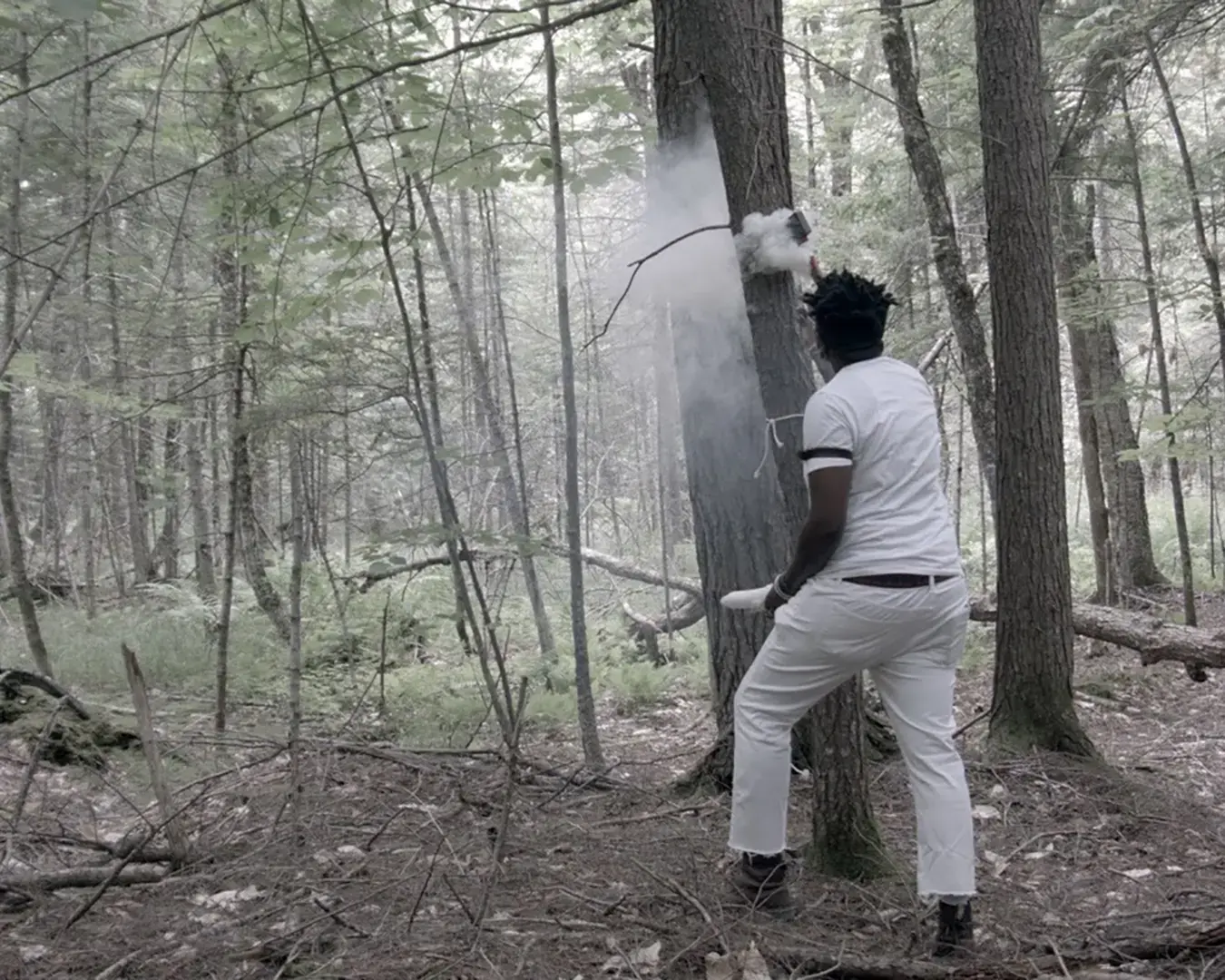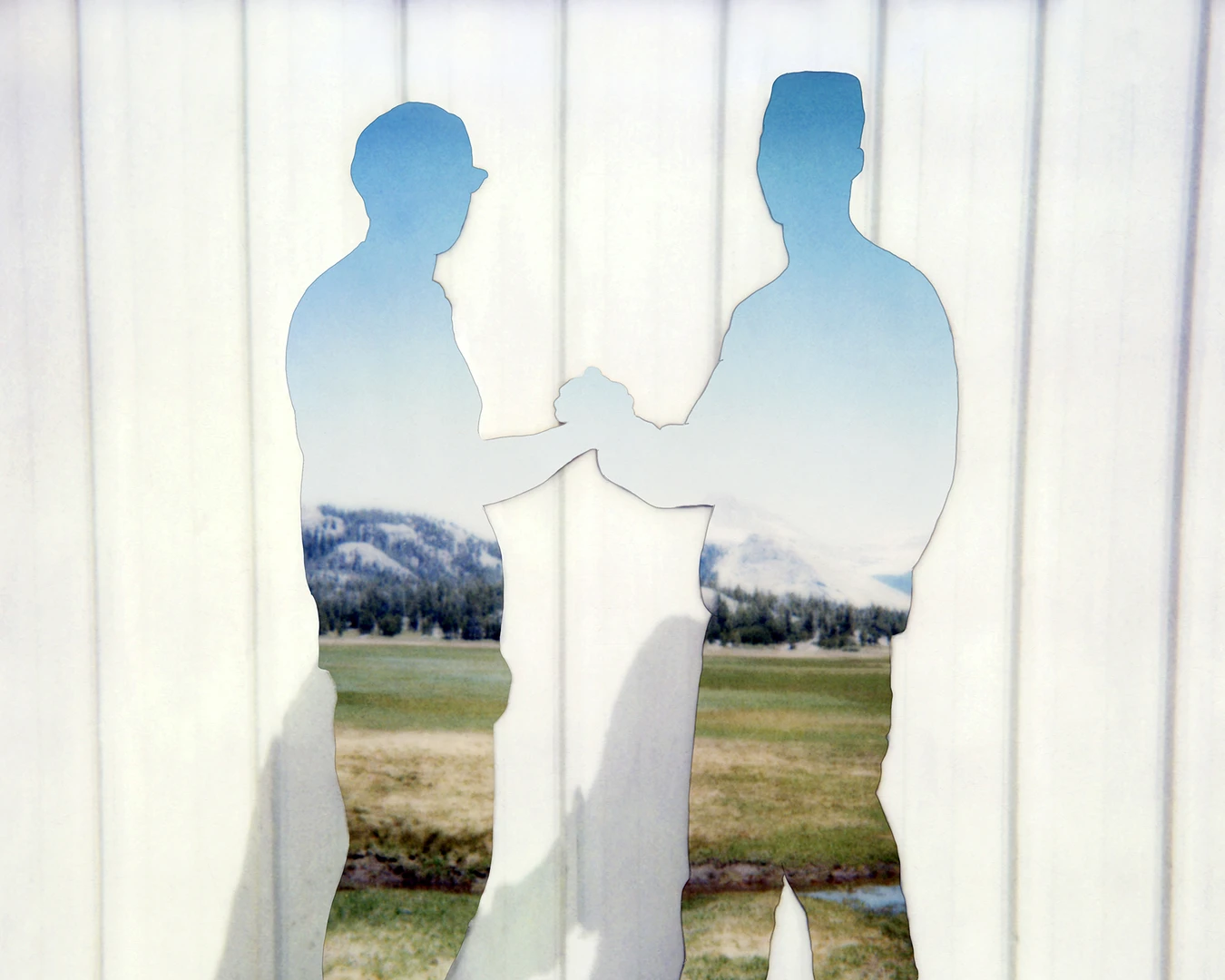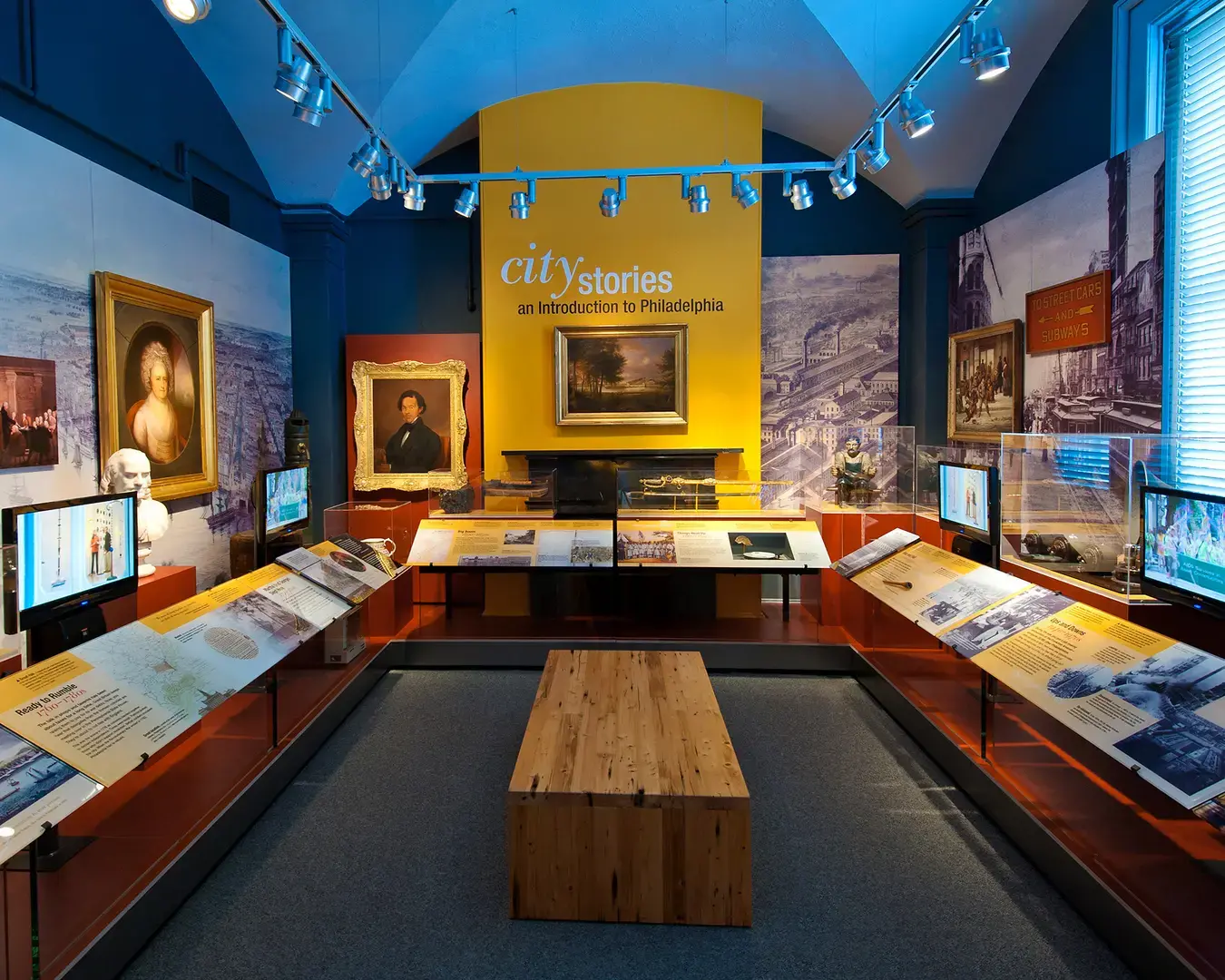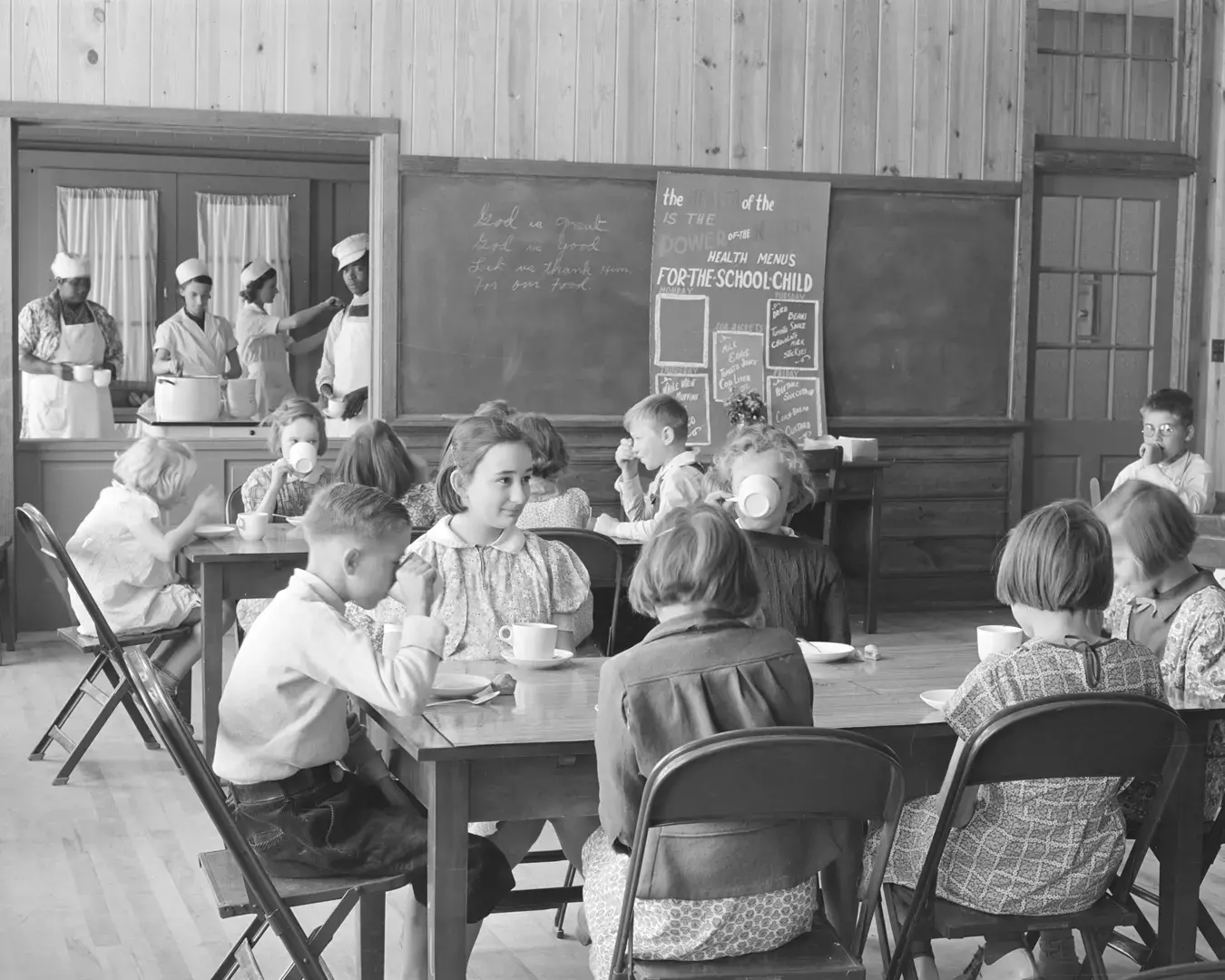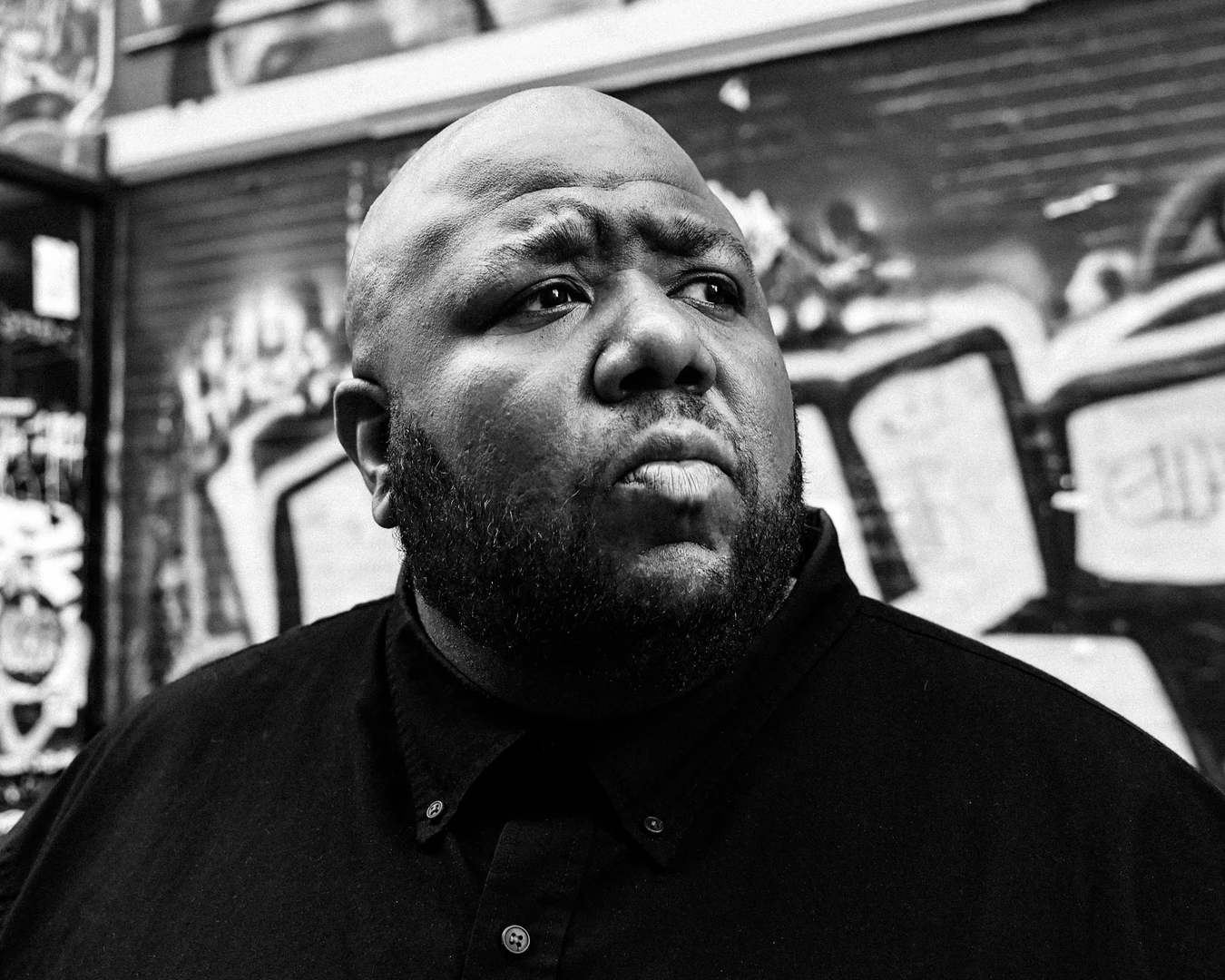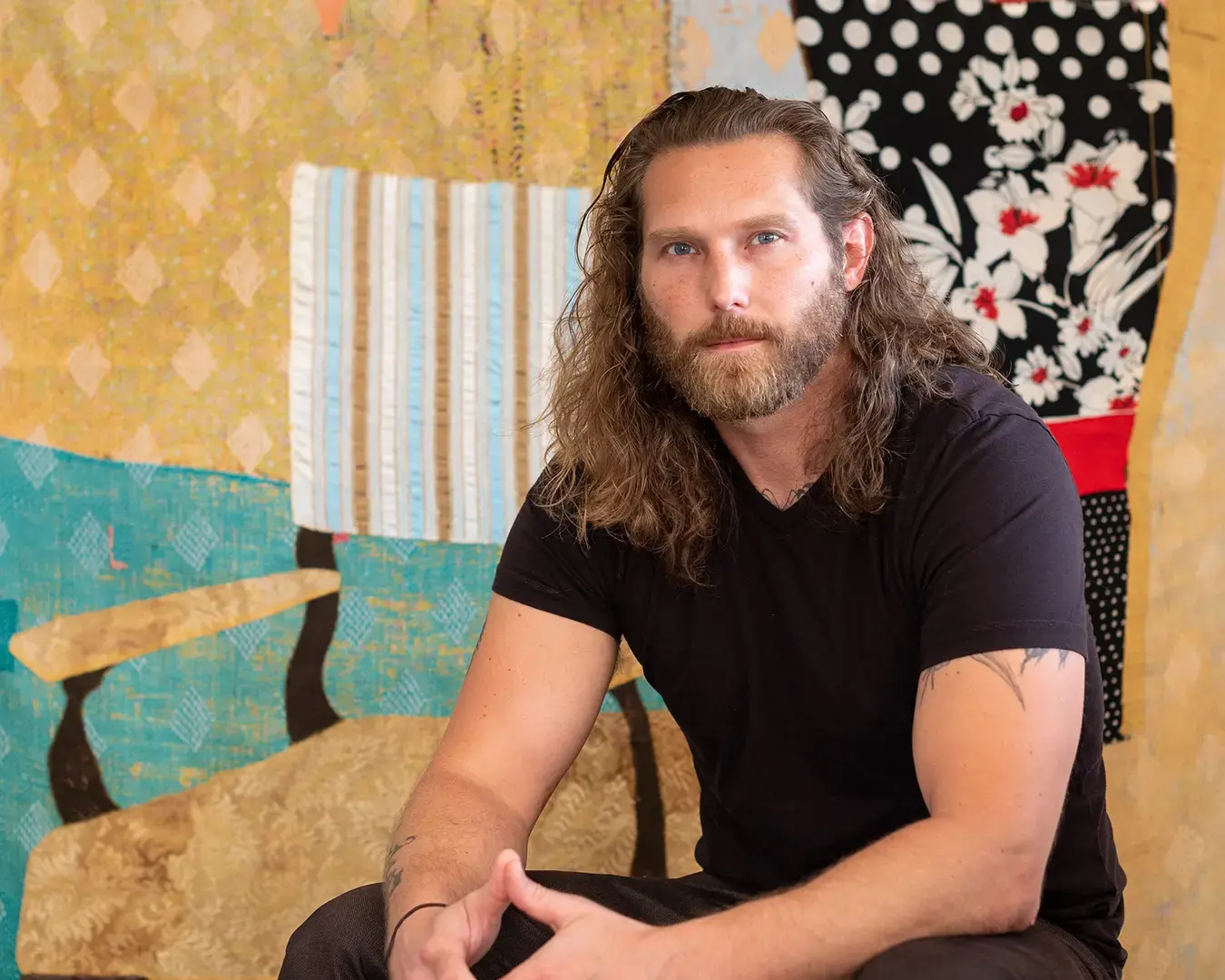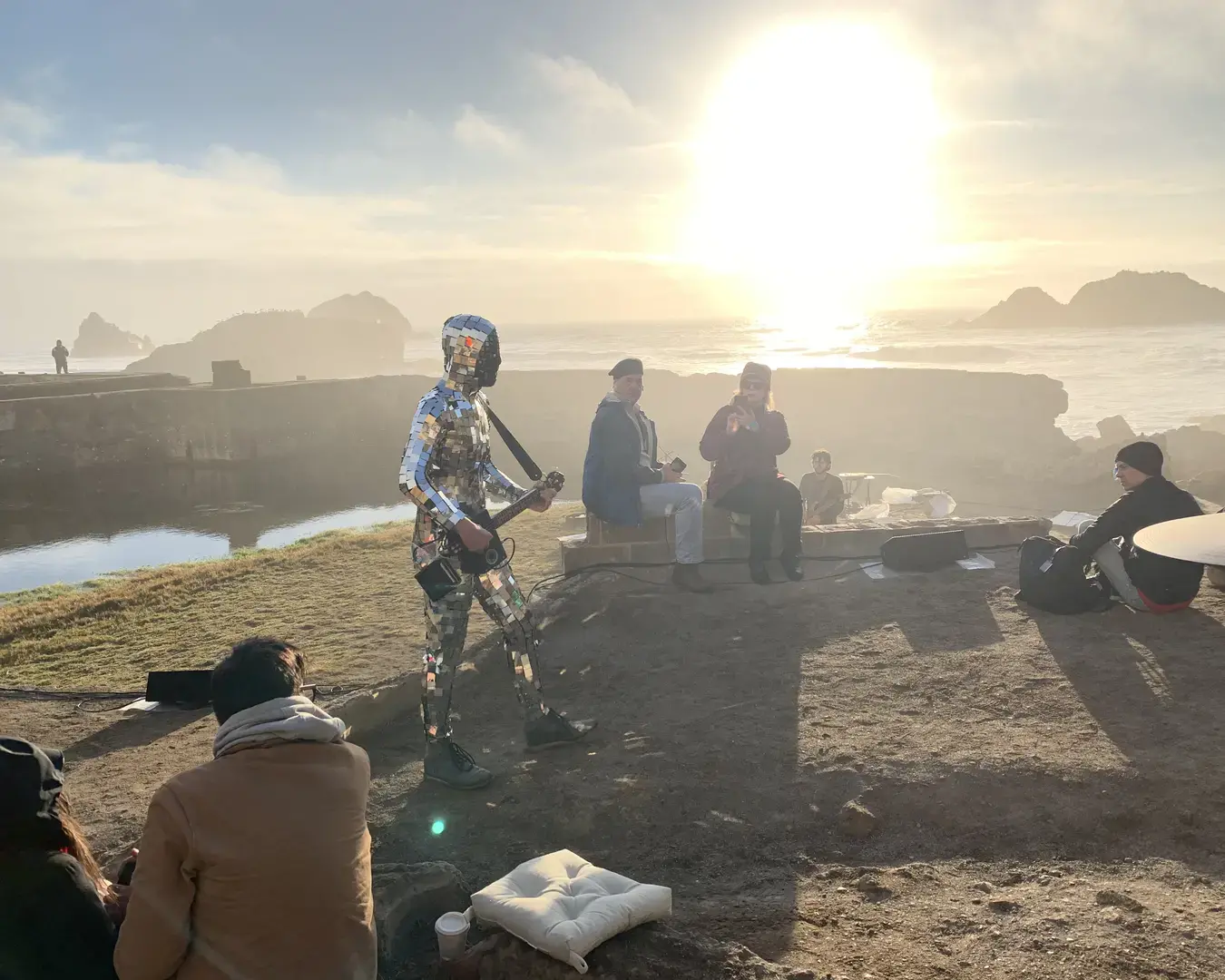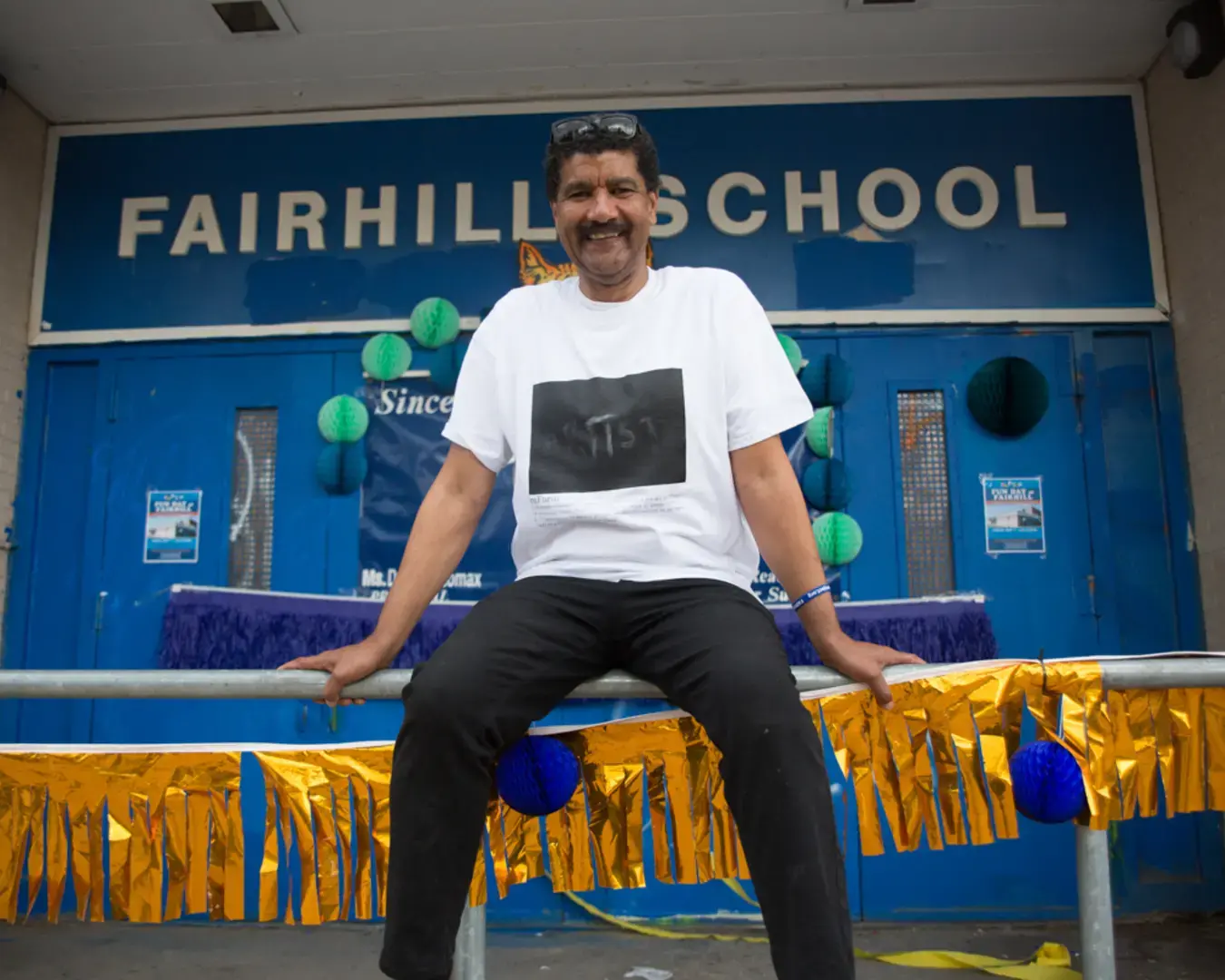The distinctive and wide-ranging offerings of Philadelphia’s arts and culture scene continue to draw the attention of national and international audiences. Catch up with some of the headlines our grantees have made recently.
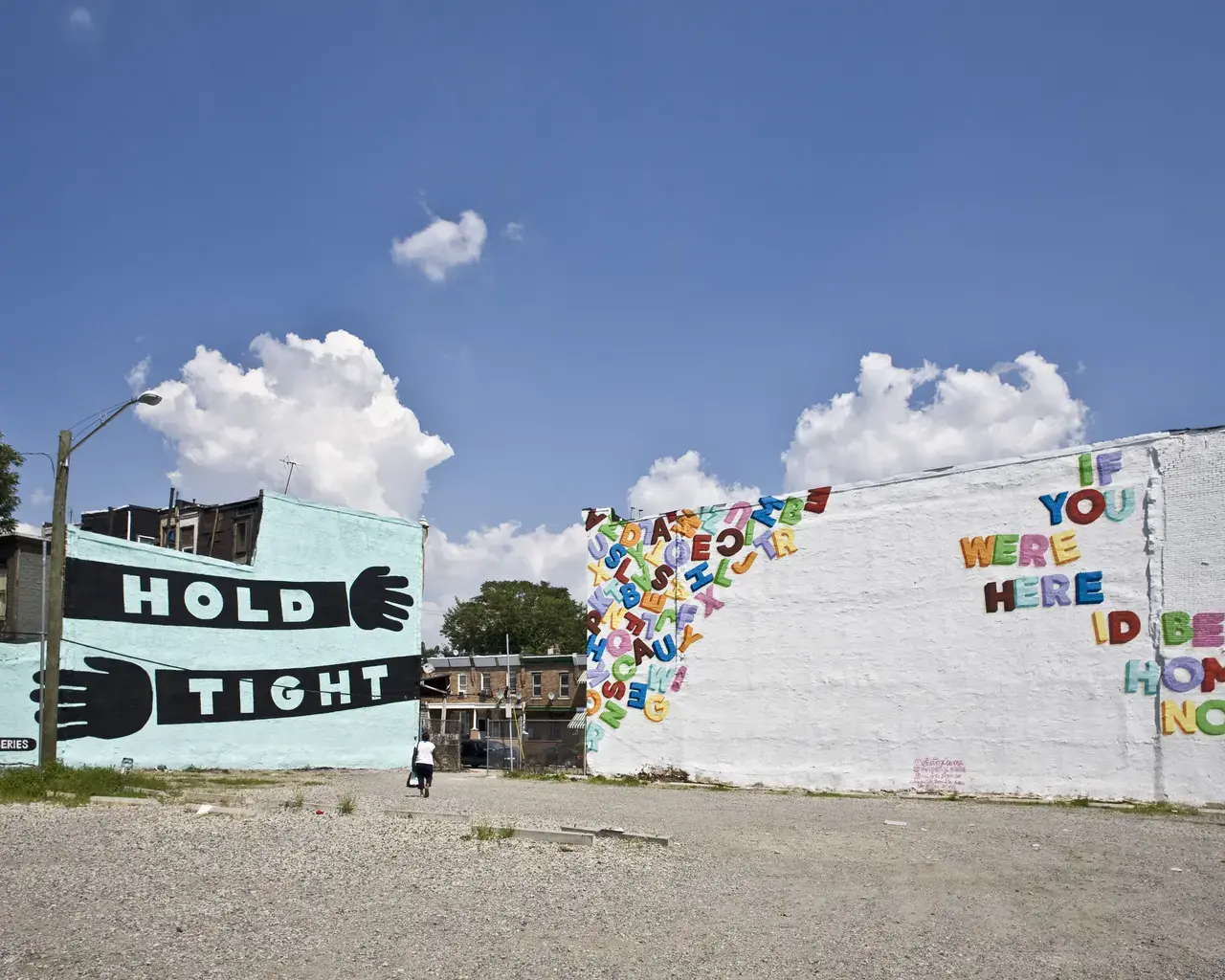
Mural Arts Philadelphia Turns 40
As Mural Arts Philadelphia celebrates its 40th anniversary, The New York Times featured the public art organization that has “[nurtured] art and artists who have left their marks on walls and buildings throughout the city” and worked with approximately 6,000 artists. Projects made possible with support from Center grants over the years include Steve Powers’ Love Letter (2018), seen along Philadelphia’s Market Street corridor; Katharina Grosse’s psychylustro (2014) installed along Amtrak's Northeast corridor and viewed from Amtrak and SEPTA trains; and most recently Pew Fellow Roberto Lugo’s We Here (2024), a community-based project designed to encourage engagement and pride through pottery in Philadelphia’s Kensington neighborhood.
Read more about the community impact of We Here and its culminating celebration, Clay Heals Minds, on Mural Arts’ website.
Opera Philadelphia’s The Listeners Brings in New Audiences
Opera Philadelphia made news for both its season opener, The Listeners, and its new “pick your price” ticket model, as reported by CBS Morning News. Supported by a Center grant, the American premiere of The Listeners by composer Missy Mazzoli and librettist Royce Vavrek was described as “sly, poignant, darkly funny” by The New York Times with a libretto that “has a strikingly conversational feel,” according to NPR’s All Things Considered. “A lot of people in the world don’t necessarily think that opera can connect with them—that it is this high art that’s sort of lofty,” Vavrek told NPR. “And I really am excited about trying to find ways of storytelling that bring in new audiences and just inspire people to see opera as something that connects with them.”
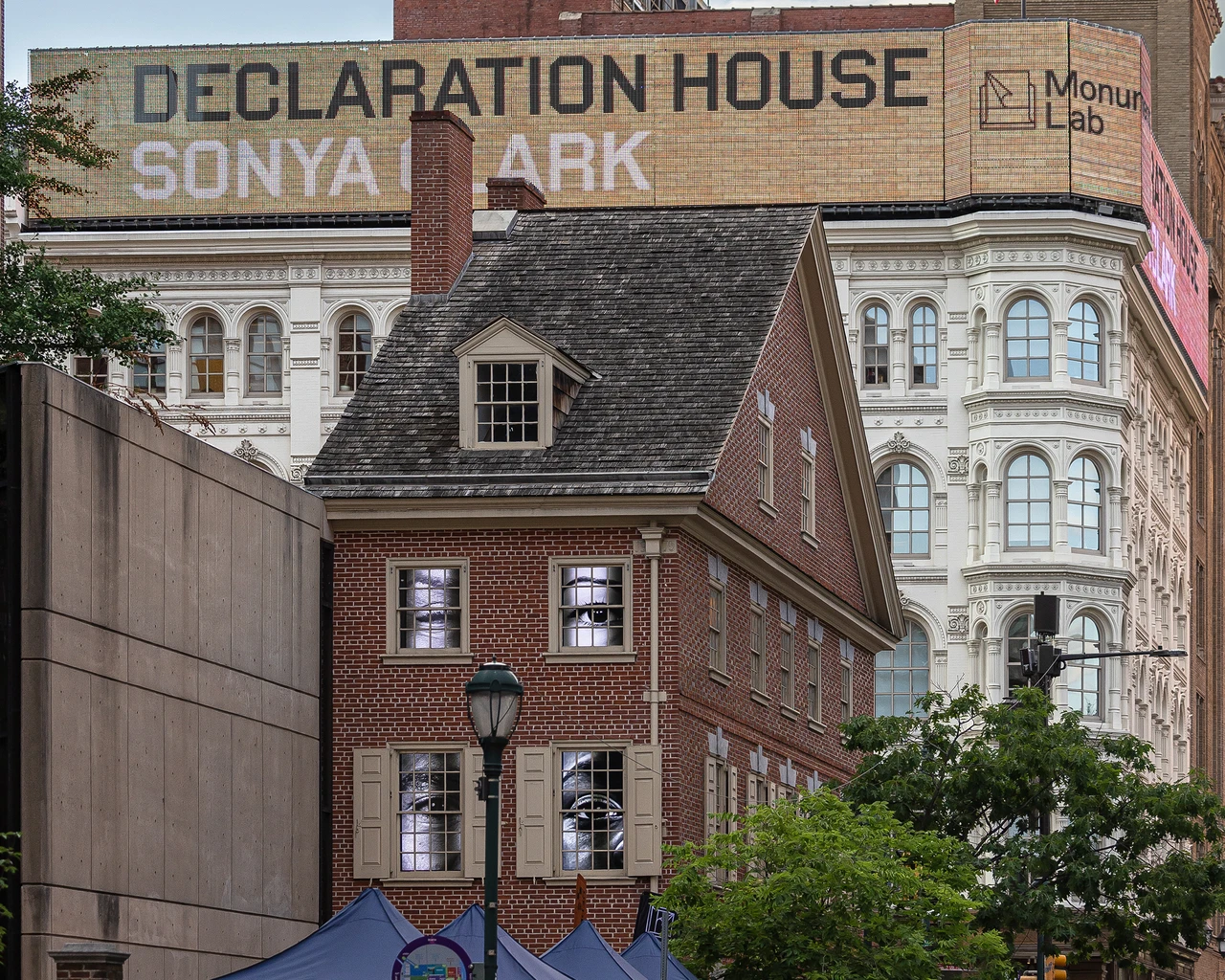
Center-Funded Projects You Can See Now
On view at Independence National Historic Park through December 1, Monument Lab’s Declaration House explores the site where Thomas Jefferson and Robert Hemmings spent several months in Philadelphia during the drafting of the Declaration of Independence in 1776. The Guardian wrote about the project’s The Descendants of Monticello, a public artwork by Sonya Clark, that “fills the house’s windows with the blinking eyes of the descendants of Hemmings and other enslaved people at Jefferson’s Monticello estate in Virginia.” In another feature story, Clark told The Philadelphia Inquirer, “I see these eyes as an angelic force keeping watch over our humanity.”
The Philadelphia Inquirer also covered Black Like That: Our Lives As Living Praxis, a project from Temple Contemporary at Tyler School of Art and Architecture featuring the work of artists Pat Phillips and Pew Fellows Tiona Nekkia McClodden and Karyn Olivier. “This exhibition is not just a showcase; it’s a dialogue with history, a narrative interwoven with the legacies and movements of Black life in America’s first capital,” Jova Lynne, Tyler’s director of exhibitions and public programs, told the paper. The exhibition at Temple Contemporary runs through December 7.
At TILT Institute for the Contemporary Image through December 21, Wherever There is Light “presents the work of four formerly incarcerated photographers—Ray, Akeil Robertson, José Díaz, and Don “Ike” Jones—who spent a year developing new work that explores the American carceral system and its effects on people and communities,” reported The Philadelphia Inquirer. The photographers met as a group and with photographer Larry W. Cook, whose work is also included in the exhibition. Cook founded Wherever There Is Light in 2020 as an evolving workshop series and artist network to support the photographic practices of individuals with carceral experiences.
WHYY visited Philadelphia Revealed: Unpacking the Attic, an exhibition “packed with treasures and oddities” and currently on view at the Pennsylvania Academy of the Fine Arts through April 6, 2025. The show is a companion to Drexel University’s project to investigate overlooked histories found in the Atwater Kent Collection, comprised of thousands of Philadelphia artifacts. Stories are told through a podcast series and through the 650 objects on display in “the first major showcase of the city’s archive of objects since the Atwater Kent Museum of Philadelphia closed and Drexel University assumed stewardship of the approximately 35,000-piece collection dating back to the 17th century,” WHYY’s Peter Crimmins reported.
Lunchtime: The History of Science on the School Food Tray at the Science History Institute serves up the history and evolution of the US school lunch program and examines the influences of science and technology on cafeteria menus. “We hope it will surprise our visitors to learn how so many of the ideas taken for granted today—like the fact that vitamins are a group of food compounds necessary for health—are in fact relatively recent scientific discoveries and shape the way we feed the country’s schoolchildren,” said Jesse Smith, curator and director of curatorial affairs, reported by the Philly Voice.
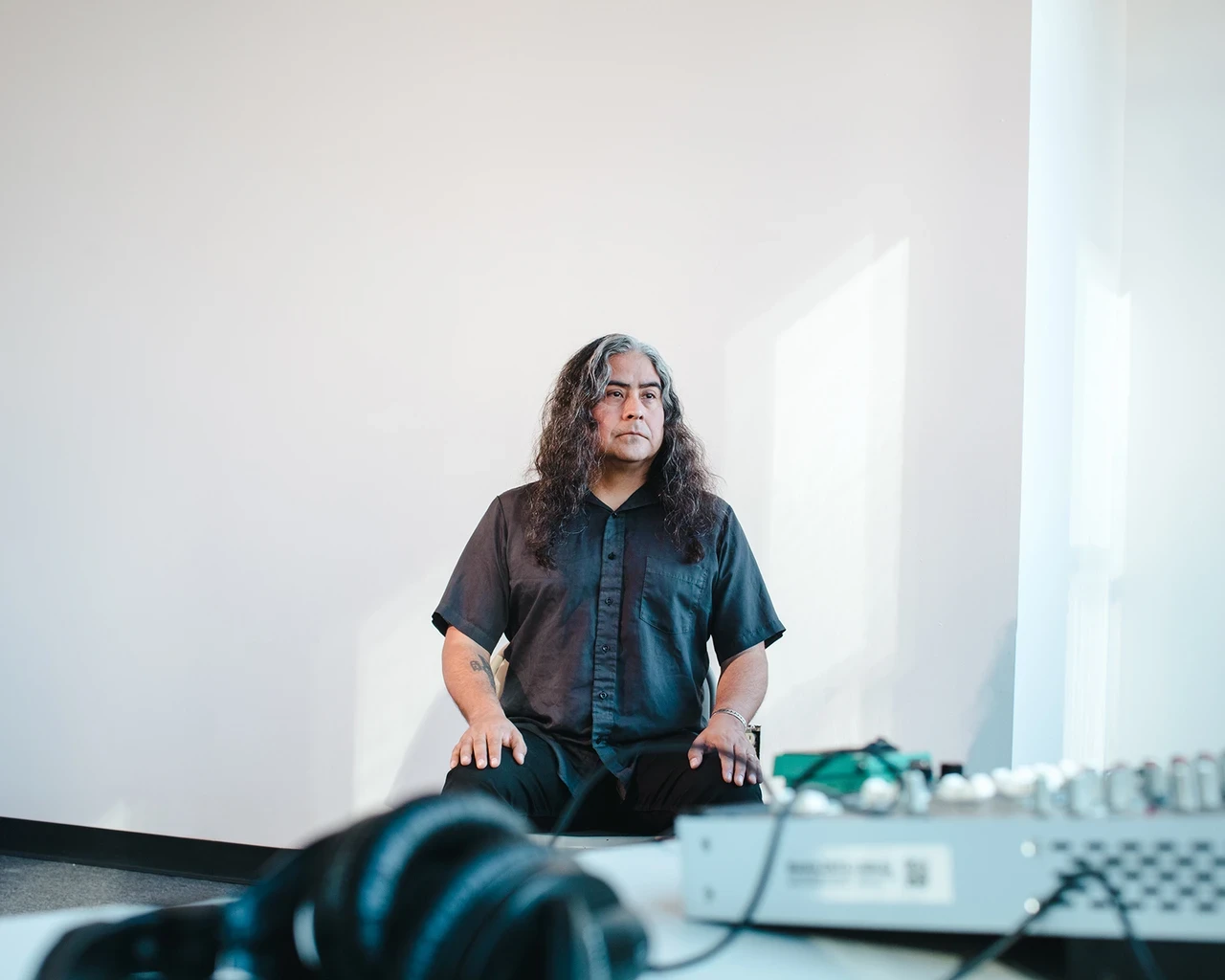
Pew Fellows in the News
Two of the Center’s newest Pew Fellows have been lauded by The New York Times, which called a recording from composer and musician Tyshawn Sorey’s new album one of “the most engrossing jazz tracks in recent months.” In anticipation of Ralph Lemon’s solo exhibition at New York’s MoMA PS1 (through March 24, 2025), the Times interviewed the choreographer, writer, and visual artist about his decades-long career. “There is a kind of artistic freedom in his ability to slip through artistic worlds and generations. What he produces is part of a big constellation,” reporter Gia Kourlas wrote.
Visual artist and Pew Fellow Jesse Krimes is another artist with work on view in New York, both at the Metropolitan Museum of Art (Corrections, through July 13, 2025) and the Jack Shainman Gallery (Cells, through December 21, 2024). A review of both shows in the Times describes Krimes’ often large-scale work that aims to “convey the enormity of the American penal system, which confines nearly two million people in federal and state prisons.” The review also notes, “While the reformist fervor of the artist is unquestionable, frequently his work succeeds on aesthetic principles, not political ones. Maybe that is its own kind of triumph: a testament to his deep belief that art provides a path for the human spirit to rise above the degradation of prison.”
The New York Times also reported on a new public space at the American Academy of Arts and Letters, where former Pew Fellow-in-Residence Raven Chacon is one of the first artists to install work (Aviary, through July 3, 2025). “In a cavernous Beaux-Arts style room where visitors are invited to lie down on soft cushions, Chacon has created a sonic environment of bird calls that echo off the walls. It is in recognition of the fact that the academy is on land once owned by the naturalist John James Audubon and, before that, the Lenape people,” according to the Times. Chacon also has an installation of videoworks and artworks made in collaboration with fellow indigenous artists currently on view at STUK— House for Dance, Image & Sound in Belgium (Rift Variations: Collaborative Video Works through December 15, 2024).
Pepón Osorio was profiled in EL PAÍS in conjunction with his recent installation at Thomas Jefferson University. Convalescence revealed, “with ferocity and courage, the pitfalls and frustrations experienced by patients in the US healthcare system, particularly those from Latino and Black communities,” according to the paper. “Throughout the artist’s career, he has used large-scale installations to present the themes surrounding complex, charged emotions. He seeks to make viewers reflect, while triggering actions for social change,” reporter Carmen Graciela Díaz wrote.
The New York Times took a look through the pages of graphic novelist Charles Burns’ new book, Final Cut, in an interactive online piece. “Burns tells this latest story using a visual style that he has honed over decades of comics, designs and album covers. He has frequently found ways to connect old pop culture and fine art, but here, he incorporates and criticizes his own work, too.”
